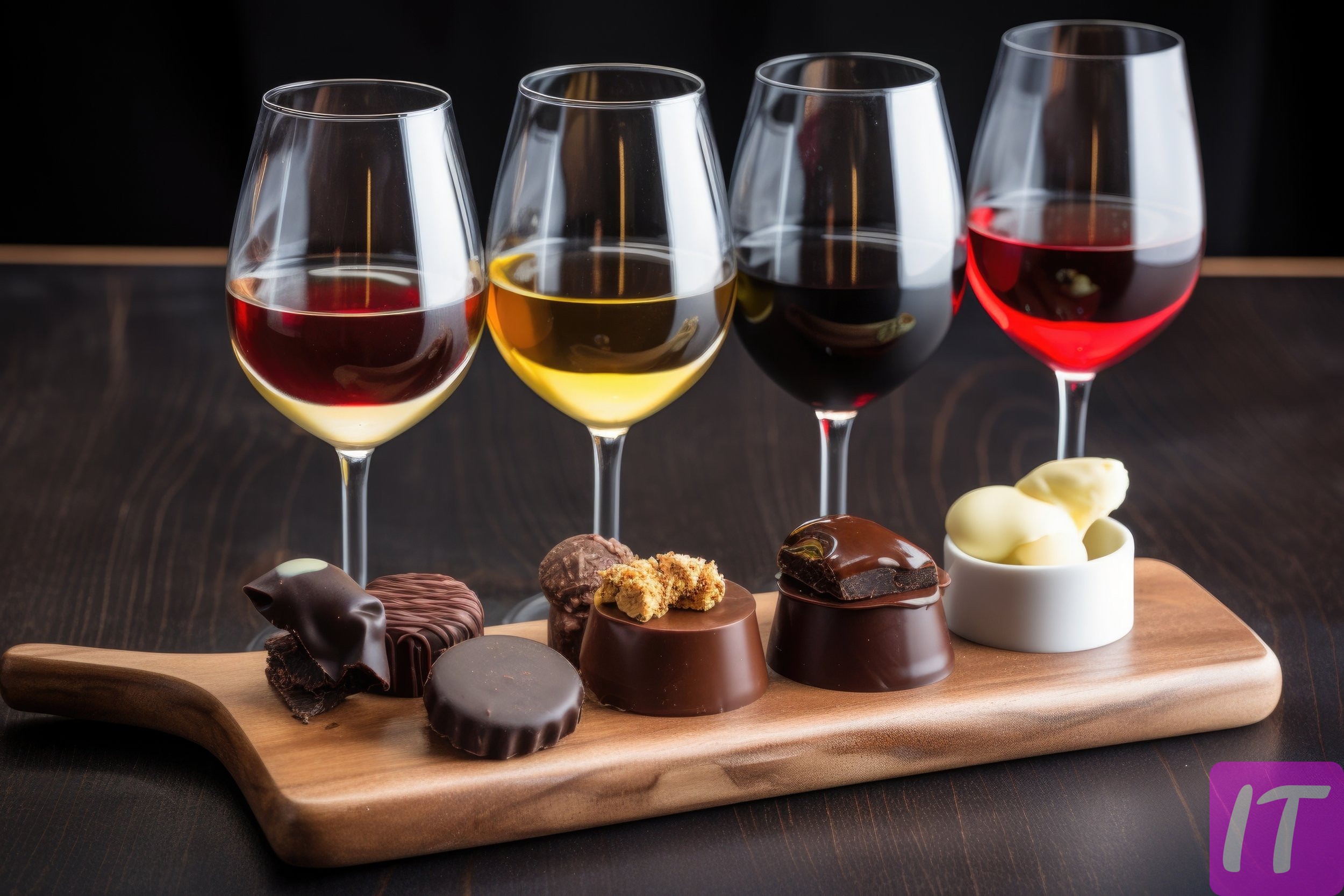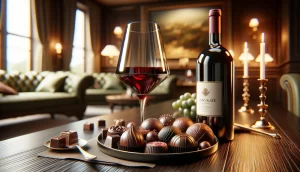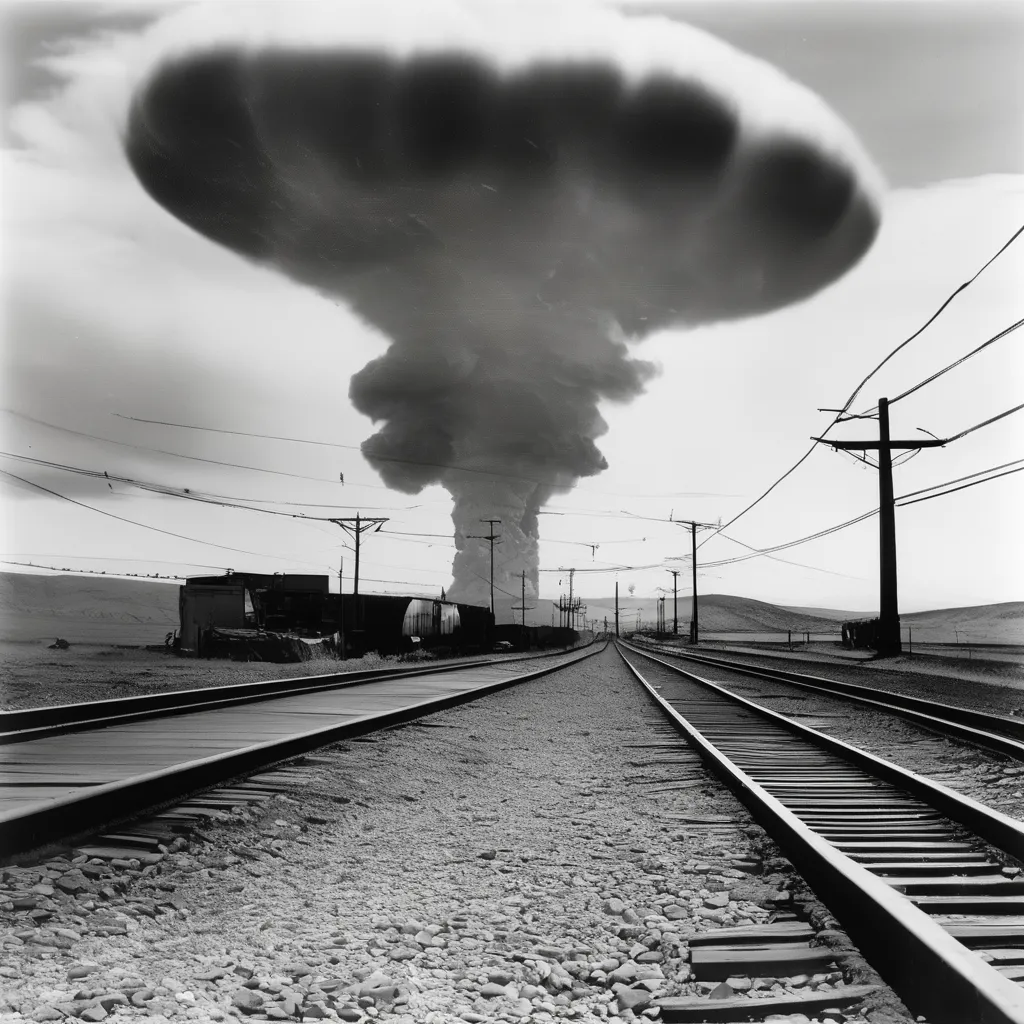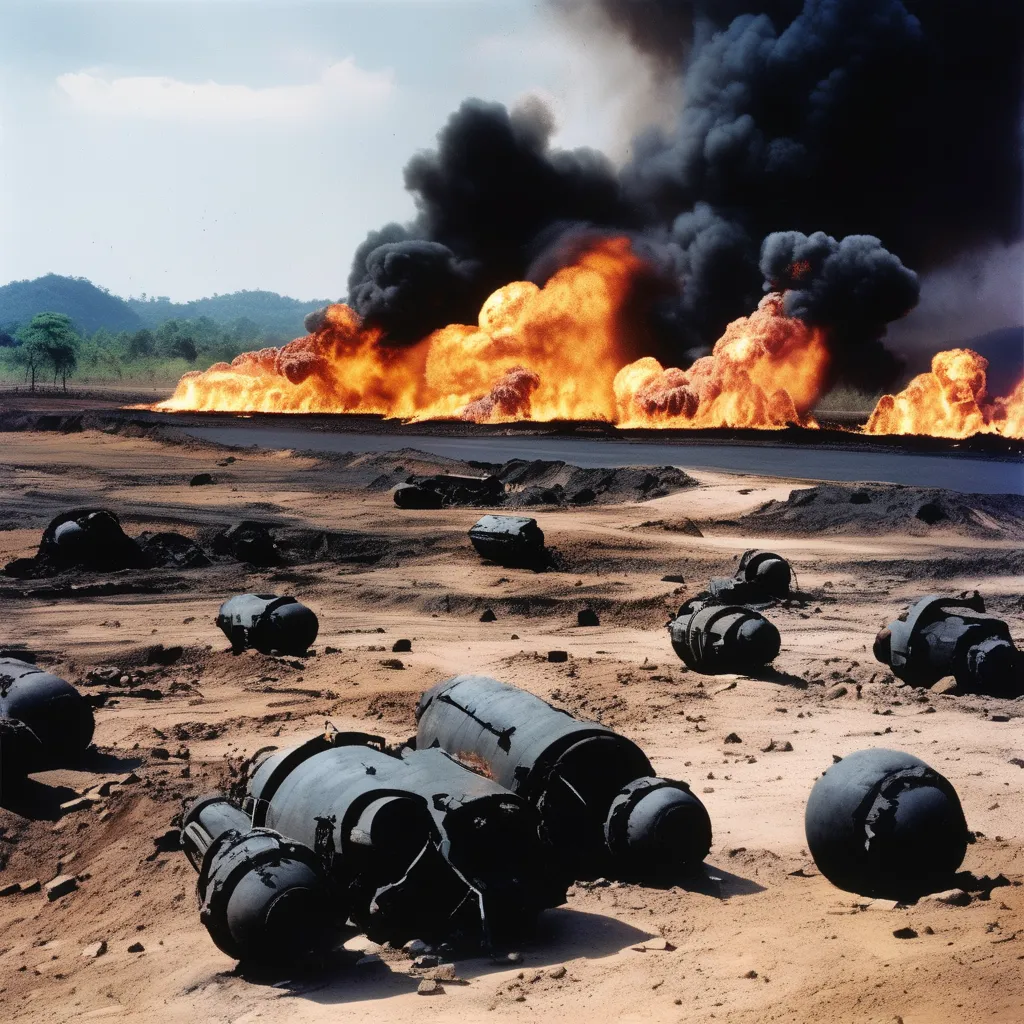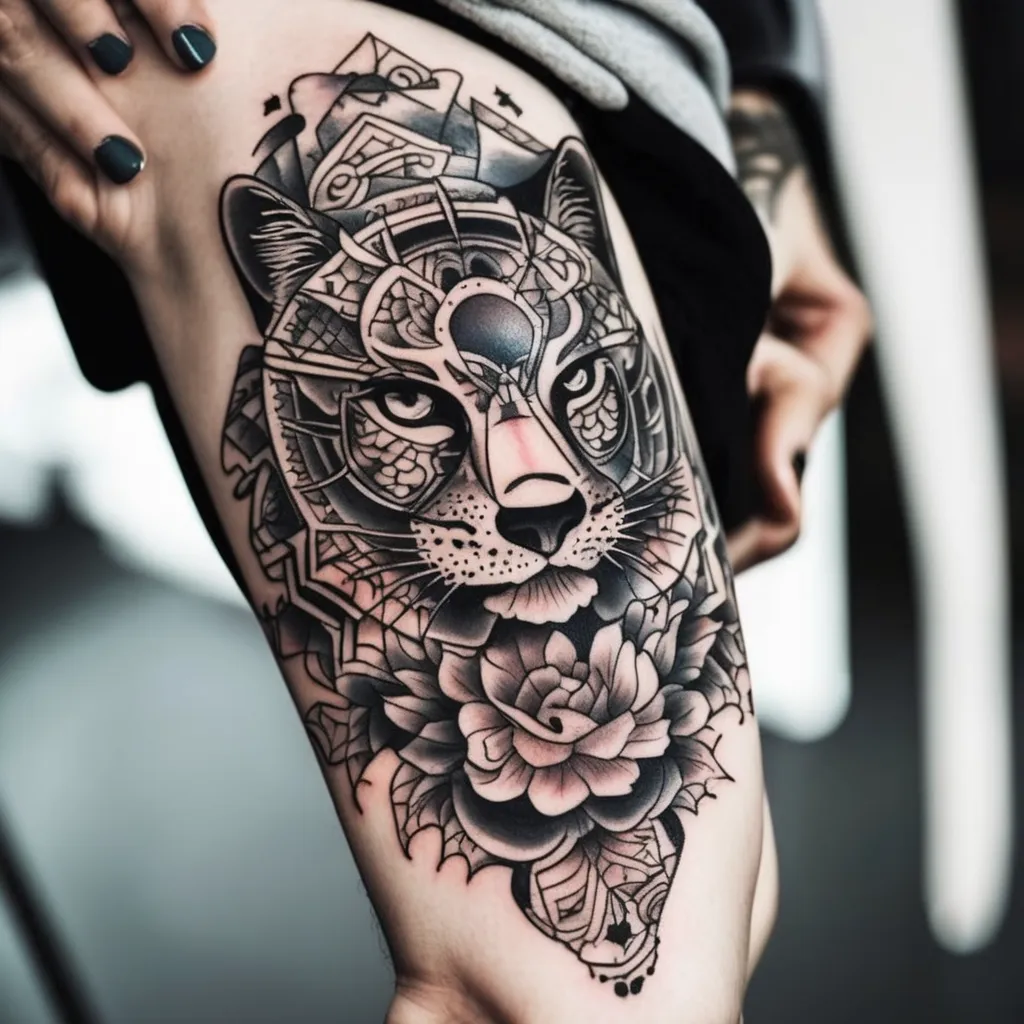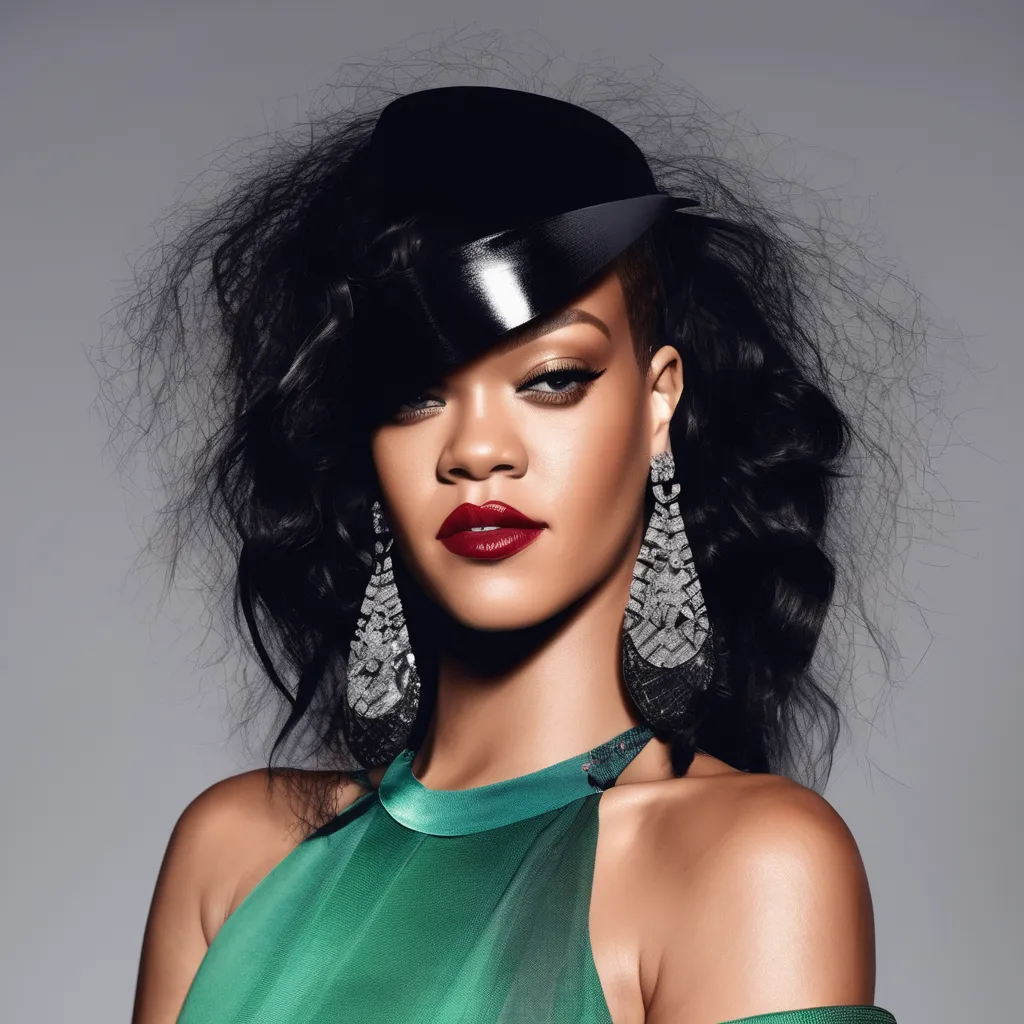Picture holding a chocolate bar that costs more than a luxury watch or savoring a glass of wine that commands a price higher than a sedan. These instances are not extravagant fantasies but genuine realities within the luxury market, where the finest chocolates and wines can fetch astonishing prices. Such indulgences are not just gastronomic delights but symbols of impeccable artistry and heritage.
Taking chocolate, for example, the To’ak Chocolate bar, crafted meticulously in Ecuador, uses rare Nacional cacao beans and can sell for up to $600 per bar. On the other hand, wines like the 1947 Château Cheval Blanc, priced at over $300,000 a bottle, showcase the pinnacle of vineyard craftsmanship. These esteemed products offer connoisseurs a blend of history, exceptional quality, and exclusivity, encapsulating the zenith of luxury consumables.
Exploring the World of Ultra-Premium Chocolates
When you think about chocolate, you might imagine a simple candy bar from the store. However, ultra-premium chocolates are a completely different experience. Made from the finest cacao beans, these chocolates are crafted with artistry and precision. Their textures and flavors go beyond ordinary sweets. It’s like tasting a piece of decadent art.
One significant factor that sets these chocolates apart is the origin of the cacao beans. Beans from regions like Venezuela and Ecuador are prized for their unique flavor profiles. Some chocolatiers even source beans from single estates, ensuring distinctive and high-quality chocolate. This attention to detail makes each bite a unique experience. Adventurous chocolate lovers find this particularly rewarding.
The process of creating ultra-premium chocolate is another realm of meticulous care. Chocolatiers roast, grind, and refine beans to achieve the perfect balance. Also, these chocolates often exclude artificial additives. You’ll only find natural ingredients, enhancing both taste and purity. It’s all about delivering an authentic, top-tier chocolate experience.
Here are some features of ultra-premium chocolates:
- Use of rare and high-quality cacao beans
- Sourced from specific regions or single estates
- Natural ingredients without artificial additives
- Artisanal crafting methods
- Complex and varied flavor profiles
Significance of Cacao Variety, Origin, and Processing
The variety of cacao plays a crucial role in the flavor and quality of chocolate. Different types of cacao, such as Forastero, Criollo, and Trinitario, each bring their own unique taste. For example, Criollo beans are known for their delicate and complex flavors. This variety is often used in premium chocolates. Understanding these differences helps chocolatiers create diverse and rich flavor profiles.
Origin is another important factor, as cacao beans from different regions have distinct characteristics. Beans from Madagascar are famous for their fruity notes, while those from Ivory Coast might have a more robust flavor. Regional climate, soil, and farming methods all contribute to these unique tastes. Chocolatiers often highlight the origin on their packaging. This detail can attract connoisseurs looking for specific flavor experiences.
Processing cacao beans involves several steps, each impacting the final product. Roasting needs precise timing and temperature. If not done correctly, it can ruin the flavor or fail to bring out the bean’s full potential. Grinding and refining steps turn the beans into a smooth paste called cocoa liquor. This process is critical for making high-quality chocolate.
Here are some essential aspects of cacao processing:
- Fermentation
- Drying
- Roasting
- Grinding and refining
- Conching
The Luxury Wines: Vineyards that Break Bank
Vineyards around the world produce a range of wines, but some stand out for their extreme prices and luxury. These high-end wines come from renowned vineyards like Burgundy’s Domaine de la Romanée-Conti or Napa Valley’s Screaming Eagle. The combination of perfect climate, careful grape selection, and expert winemaking create exceptional wines. Each bottle reflects the artistry and dedication of the winemakers. These wines often become collector’s items.
The history and reputation of a vineyard can significantly influence the price of its wines. Vineyards with centuries of tradition, such as those in Bordeaux, are often highly sought after. Their wines are not just beverages but pieces of history in a bottle. Collectors and enthusiasts are willing to pay top dollar for the chance to own such rare and prestigious wines. It’s a blend of heritage and exclusive quality.
Here are some attributes that make luxury wines so expensive:
- Limited production
- Exceptional grape quality
- Expertise in winemaking
- High demand and reputation
- Unique aging potential
Pricing for these wines can go into thousands of dollars per bottle. For example, a bottle of Domaine de la Romanée-Conti can fetch over $15,000. Other wines like Château Margaux or Penfolds Grange also have hefty price tags. Investing in such wines is seen as a status symbol. It’s more than just taste; it’s about owning a piece of luxury.
Unveiling the Priciest Chocolates and Their Unique Traits
Some chocolates are so luxurious that they come with price tags that can rival fine jewelry. These chocolates are made with rare ingredients like saffron, gold leaf, or exotic spices. The production process is also meticulous, involving expert chocolatiers, precise temperature control, and extensive aging. Each piece is often handcrafted, making every chocolate a unique work of art. These factors contribute to their hefty prices.
One distinguishing feature of expensive chocolates is the origin of their cacao beans. Chocolates made from Venezuelan Porcelana or Ecuadorian Arriba Nacional beans are particularly prized. These beans offer unique flavor profiles that you won’t find in regular chocolates. Their rarity and exceptional taste contribute to high demand. For chocolate aficionados, these flavors are worth every penny.
Not just the ingredients but the packaging also plays a significant role in the cost. High-end chocolates often come in beautifully designed boxes, sometimes encrusted with jewels or made of fine materials like silk. The packaging alone can sometimes cost as much as the chocolate itself. This luxurious presentation makes them perfect gifts for special occasions. It’s not just about eating; it’s an entire experience.
Here are some characteristics of the priciest chocolates:
- Use of rare and unique ingredients
- Artisanal craftsmanship
- Exquisite packaging
- Region-specific cacao beans
- Complex and layered flavors
Another key aspect is the innovativeness of flavors and techniques. Some of the most expensive chocolates incorporate ingredients like champagne, truffles, and fine liqueurs. Chocolatiers use advanced techniques to blend these flavors seamlessly. This level of innovation sets them apart. It’s a testament to the evolving artistry in the world of chocolates.
All these elements combine to create chocolates that are not just expensive but also a symbol of luxury and refinement. The next time you see a chocolate bar with a high price tag, remember that it represents more than just a treat. It’s a piece of edible art. For those who can afford it, it offers a unique and memorable culinary experience.
Top-tier Wines with Record-Breaking Price Tags
Some wines are so rare and exquisite that they can cost more than a new car. These top-tier wines come from the most esteemed vineyards around the world. For instance, a bottle of 1945 Romanee-Conti sold for over $500,000 recently. The grapes for these wines are meticulously handpicked and processed to ensure the highest quality. This level of care and tradition is what makes these wines incredibly special.
Several factors contribute to the high prices of these wines, such as rarity and aging potential. Many of these wines are produced in limited quantities and are aged for decades, making each bottle a valuable investment. Even the terroir, which includes the soil and climate where the grapes are grown, plays a significant role. These elements combine to create a wine that is both unique and highly sought after. Collectors and enthusiasts often pay top dollar to own a piece of wine history.
Here are some attributes that contribute to the record-breaking prices of top-tier wines:
- Limited production
- Exceptional aging potential
- Handpicked, high-quality grapes
- Renowned vineyards with a long history
- Unique terroir (soil and climate conditions)
Another key aspect is the reputation of the winemaker and vineyard. Wines from famous producers like Château Lafite Rothschild or Domaine de la Romanée-Conti are especially prized. The history, craftsmanship, and expertise that these names bring add to the value. People who buy these wines are not just purchasing a drink but a piece of the vineyard’s storied legacy. It’s a way to own a part of history.
Additionally, top-tier wines often come with certifications and accolades that further boost their value. Awards from prestigious wine competitions and high scores from wine critics can significantly increase the price. These accolades serve as a mark of quality and excellence. For collectors, these certifications validate their investment and provide bragging rights. Owning such a wine is a status symbol, representing both luxury and sophistication.
In the end, the value of these wines goes beyond their taste. They are a culmination of excellent craftsmanship, rich history, and exclusivity. When someone opens a bottle of these wines, they aren’t just enjoying a drink; they are experiencing a piece of art. It’s truly a special experience for those who can afford it.
Gauging the Value: Are These Expensive Chocolates and Wines Worth the Price?
When it comes to evaluating expensive chocolates and wines, value is a subjective matter. For some, paying hundreds or even thousands of dollars for a chocolate bar or a bottle of wine is justifiable due to the unparalleled quality and taste. These products often use the rarest ingredients. They also undergo meticulous crafting processes. This makes each bite or sip an extraordinary experience.
However, not everyone feels that the high prices are worth it. Some argue that mid-range chocolates and wines can offer comparable enjoyment at a fraction of the cost. The law of diminishing returns often applies here. Paying significantly more does not always result in a product that is exponentially better. It’s essential to balance personal preference and budget.
Here are some factors to consider when gauging value:
- Personal taste and preference
- Occasion and purpose (gift or personal indulgence)
- Rarity and exclusivity
- Quality of ingredients and craftsmanship
- Brand reputation and history
Another aspect to consider is the experience that these luxury items offer. Expensive chocolates and wines often provide more than just taste; they offer a full sensory experience. The aroma, texture, and even the packaging contribute to this. In this way, the high price is often for the overall experience rather than just the product itself. It’s about creating memories and moments.
It’s also essential to think about the status and prestige associated with these items. Owning such luxury products can be a status symbol, signaling wealth and refined taste. For collectors and enthusiasts, these high-end items are valuable assets. They can even appreciate in value over time. This adds another layer of worth beyond immediate enjoyment.
In the final analysis, the decision to invest in these luxurious items is deeply personal. For some, the experience and prestige justify the high cost. For others, more affordable options provide sufficient satisfaction. Either way, understanding the factors that influence the value can help make a more informed choice.
Frequently Asked Questions
When it comes to the world of luxurious chocolates and wines, many intriguing queries often arise. Below are some common questions with detailed answers to help you understand more about these exquisite products.
1. What makes certain chocolates and wines so expensive?
The high cost of certain chocolates and wines can be attributed to several factors. For chocolates, rare ingredients like high-quality cacao beans from specific regions or unique additives like gold or saffron elevate their price. Additionally, artisanal craftsmanship, limited production, and luxurious packaging contribute to the cost.
For wines, factors include the vineyard’s reputation, the quality of grapes, aging potential, and rarity. Prestigious wineries with a long tradition often produce wines that become collector’s items. These elements combine to create products that many consider worthy investments.
2. Are there health benefits associated with these luxury chocolates and wines?
Luxe chocolates often use high-quality cacao rich in antioxidants, which can offer health benefits such as improved heart health and reduced inflammation. However, these should be consumed in moderation due to their calorie content.
Similarly, fine wines have been linked to health benefits when enjoyed responsibly. Red wines contain resveratrol, an antioxidant known for heart-protective properties. Again, moderation is key for reaping any potential benefits without negative consequences.
3. How should one store expensive chocolates and wines?
Storing expensive chocolates requires maintaining a cool temperature around 60-70°F with humidity levels between 50-60%. They should be kept away from direct sunlight or strong odors that may affect their taste.
Expensive wines need even more care; they must be stored horizontally at a stable temperature between 55-58°F in a dark environment with proper humidity control (around 70%). This helps preserve their quality over time.
4. What occasions are ideal for serving ultra-premium chocolates or luxury wines?
Ultra-premium chocolates are perfect for special occasions such as weddings, anniversaries, or milestone birthdays where you want to offer something truly exceptional. They also make excellent gifts for important clients or business partners.
Luxury wines are similarly suited for significant events like formal dinners, holiday celebrations, or exclusive gatherings where sophistication is key. Serving such high-end products elevates the occasion’s status instantly.
5. Can these expensive items appreciate in value over time?
Yes, some expensive chocolates can become more valuable over time if they are rare editions crafted by renowned chocolatiers. Collectors seek out these limited releases as they may become more prized later on.
The same applies even more strongly to luxury wines; collectible bottles from famous vineyards can significantly appreciate in value over decades if stored correctly under optimal conditions. These investments sometimes fetch impressive returns at auctions.
Conclusion
The world of ultra-premium chocolates and wines is fascinating, combining luxury, artistry, and history. These products are more than mere consumables; they represent a unique experience of taste and refinement. For those who can afford them, they offer unmatched pleasure and exclusivity.
Whether you are a connoisseur or a curious enthusiast, exploring these expensive chocolates and wines can be incredibly rewarding. They provide an opportunity to savor the pinnacle of craftsmanship and dedication. In essence, they are the epitome of indulgence and sophistication.
